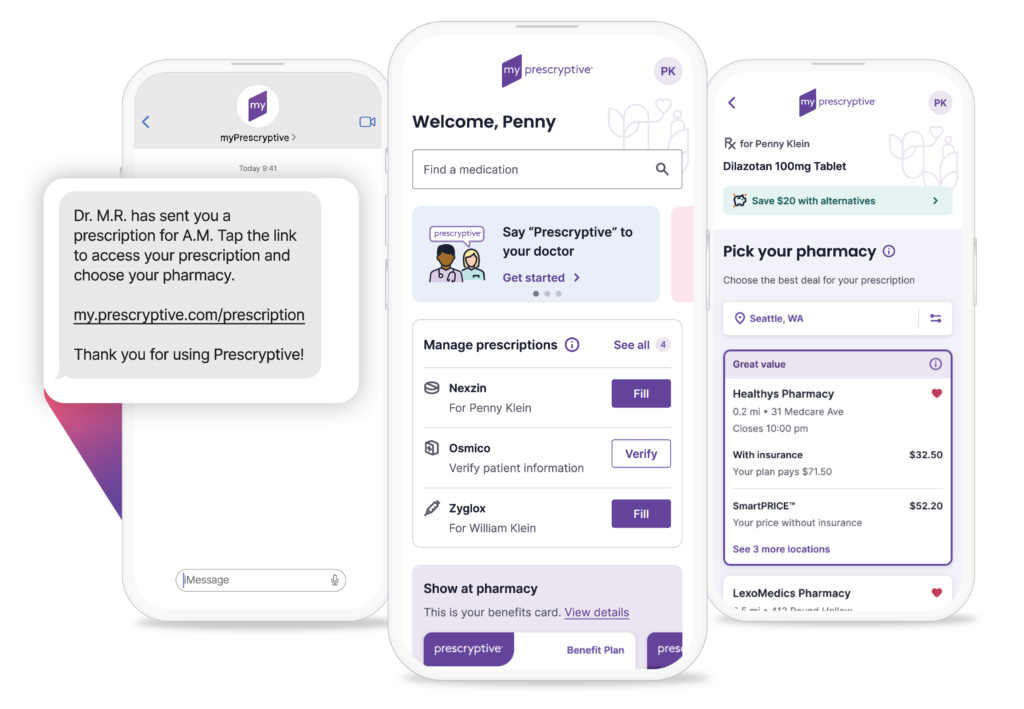
How prescription data opens doors for patients, pharmacies, and providers
With the right prescription data, physicians, prescribers, pharmacists, and patients can more effectively work together to build healthier outcomes.
A key component of a patient’s health journey is their prescription drug utilization. This is a big reason why prescription data is such a hot topic. With the right data, physicians, prescribers, pharmacists, and patients can more effectively work together to build healthier outcomes.
Recent changes in regulations and legislation for prescription and healthcare data, including the Consolidated Appropriations Act of 2021 (CAA), push for enhanced transparency, predictability, and stability, for the market and healthcare consumers. The insights gained from prescription and health data help us drive what comes next. Bottom line: Data has a lot to say, we just have to listen.
What can we learn from prescription data?
Prescription data can provide useful information to help drive future health and prescription drug strategies.
The right prescription data can:
- Assist in identifying major drivers of increases in prescription drug spending
- Help us understand how prescription drug rebates impact premiums and out-of-pocket costs
- Empower patients by promoting transparency in prescription pricing
- Help pharmacists make informed decisions to keep their customers healthy and their business profitable

Prescryptive puts actionable data to work
Prescryptive’s consumer-empowering mobile solution, myPrescryptive, utilizes actionable prescription data to provide a better prescription experience, for the patient and the provider.
With myPrescryptive, consumers can find and compare prescription drug prices nationwide at local pharmacies. Patients can see what their prescription costs, discover what savings might be available, access valuable medication information, and find pharmacy options, before they even leave their doctor’s office. And doctors can have meaningful conversations about medication options with their patients, face-to-face, at the point of care.
Prescription data benefits everyone. The patient can save money, physicians can deliver superior care resulting in healthier patients, and pharmacies can provide a better prescription experience. The entire system is more efficient with fewer abandoned prescriptions, leading to better adherence to treatment plans, and ultimately, healthier outcomes.
That’s the impact of prescription data and the power of myPrescryptive.
What types of prescription and healthcare data are collected?
The CAA requires insurance companies and employer-based health plans to submit info about:




